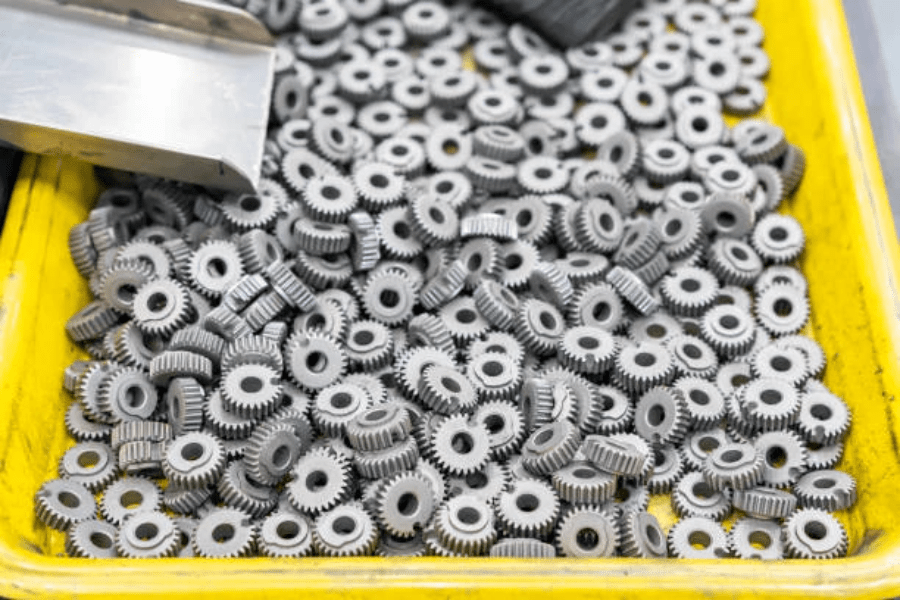
It is easy to get lost in the sea of carbide die and trimming die possibilities, and much more challenging to zero in on the one that is right for you. When making a long-term investment in your company, you should not let price be the deciding factor only because costlier solutions tend to be better. It is essential to take into consideration both your one-of-a-kind requirements and your financial constraints when choosing a carbide die or cutting dies.
When choosing a carbide die, you should first consider the size and shape of your part. If the part you are cutting is square or rectangular, for instance, you will need a square die. If your part is round, then you may want to look into round dies. When considering the shape of your part, think about how far into it will be cut as well as how deep it will be cut. In the case of particularly shallow components, circular cutting dies can be used without an extended trimming tool to reach all the way down into the part for a clean cut. A tool that is long enough to reach from one end of a metal cylinder to the other is necessary for trimming the cylinder, but longer tools are required for deeper cuts.
Tungsten carbide, silicon carbide, and cubic boron nitride are all examples of carbides. The increased hardness of tungsten carbides makes them more wear-resistant than the increased hardness of silicon carbides; however, tungsten carbides are also more expensive. While tungsten carbides are hard and durable, silicon carbides are softer and less expensive to produce. Carbide dies can also be produced from cubic boron nitride. Since CBN is more durable and less likely to wear out in high-performance settings, it is often used in these places. On the other hand, due to the fact that this particular type of carbide die is relatively recent, there is not much information available about it.
CMaking a polished, aesthetically pleasing end result depends on the quality of the die's finish. Plated, polished, bright-finished, rough machined, black oxide, and ground are some of the most common types of finishes. If you want your products to have a more polished appearance and a more delicate feel, you should use dies that have been polished or plated. Rough machined or black oxide dies are appropriate options to go with if you require something that is more robust and will maintain its shape while being compressed. The use of dies that have been polished, plated, or bright-finished is the most effective method for removing burrs, scratches, or other tool marks from a finished edge. To get more enlightened on this topic,check out this link: https://en.wikipedia.org/wiki/Cemented_carbide_drawing_die.
